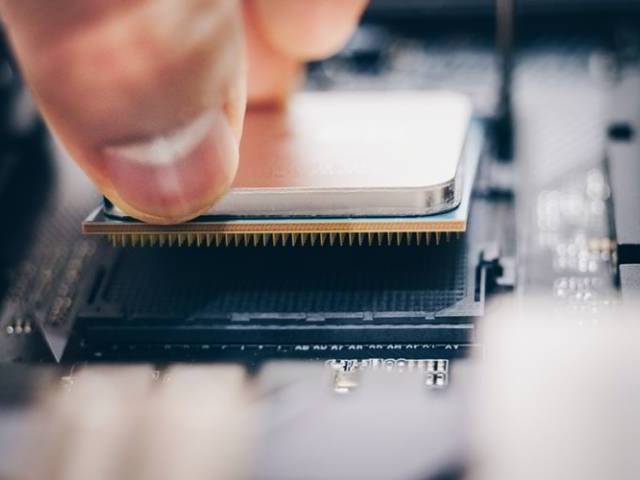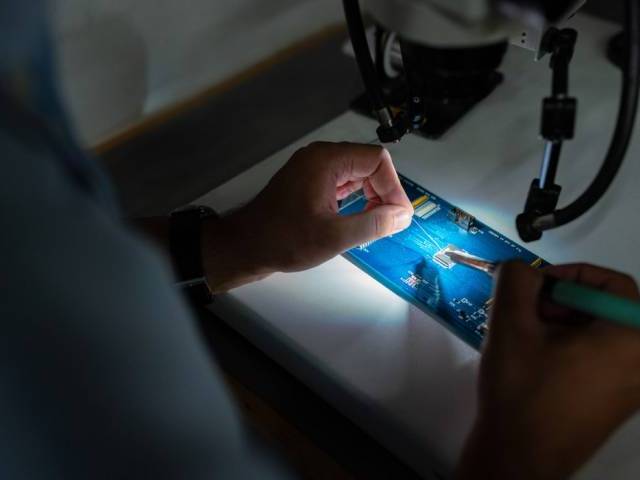The CHIPS and Science Act provides billions of dollars in new funding to boost domestic research and the manufacturing of semiconductors in the United States. The law is designed to bolster US competitiveness in an industry that’s considered to be essential to economic and national security. But what does it mean for semiconductor candidates around the world?
What is the CHIPS and Science Act?
The CHIPS and Science Act is a new act that was signed into law by President Biden on 9 August 2022. It creates significant funding opportunities and tax benefits for companies that explore new investments in the semiconductor supply chain and other critical technologies.
The act includes:
- $52.7 billion of semiconductor financial incentives (grants, loans and loan guarantees) over five years to incentivise semiconductor manufacturing in the US.
- A 25% tax credit for investments in semiconductor manufacturing facilities in the US.
- Clawback provisions prohibiting the beneficiaries of CHIPS funding and investment tax credit from expanding their manufacturing into China for a period of 10 years.
- $170 billion in funding over five years for research initiatives, including $20 billion for R&D in areas such as AI, advanced energy, data storage and robotics.
Falling US semiconductor manufacturing capacity
Over the last few decades, US semiconductor manufacturing capacity has fallen dramatically, from nearly 40% of global supply to 12% today. Instead, the world relies on East Asia for 75% of the total semiconductor production. However, when things go wrong, this overreliance can cause serious problems, as we saw when the semiconductor supply chain ground to a halt during the pandemic.
About three-quarters of the CHIPS funding has been earmarked to rebalance this, with $39 billion set aside for the construction of semiconductor fabrication plants, known as ‘fabs’, in the US. The new manufacturing plants funded by the CHIPS Act are expected to open their doors in 2024 at the earliest. While the CHIPS Act will not be enough to overtake Asian production, it will geographically rebalance semiconductor supply and help US firms steadily gain market share.
The creation of new semiconductor jobs in the US
So, what does all this mean for semiconductor candidates? Well, with $13.2 billion of the fund set aside for R&D and workforce development and with lots of new fabs to fill, there will be tens of thousands of highly-skilled and well-paid jobs available across the country.
Not only will the subsidies help semiconductor companies fill the yawning talent gap they face today, but the funds will also be used to upskill and diversify their current workforce. There will also be a trickle-down effect for firms in Europe and the UK, with companies in the supply chain benefitting from this new commitment to build a better American microelectronics industry.
Find semiconductor and power electronics jobs around the world
At PER International, we work with you to understand your skills, experience and career goals before helping you find positions in the UK, the USA, Ireland, France, Germany, Eastern Europe, South America, India, the Philippines, Singapore and more.
Find out more about our hiring process and get in touch to start your search today.










